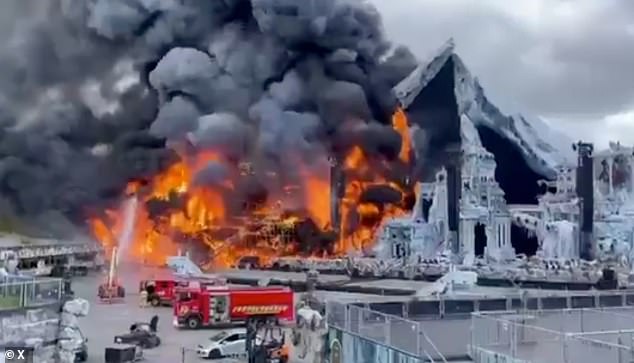This is the astonishing moment Russian soldiers surrendered to a Ukrainian patrol made up entirely of robots and drones.
Footage shows both FPV and kamikaze ground drones striking a Russian dugout, before troops emerge holding a handwritten sign reading ‘We want to surrender’.
In a historic first, the soldiers were taken prisoner without a single Ukrainian infantryman present – marking the world’s first successful combat capture using only unmanned aerial and ground drones.
The operation, conducted by the Third Assault Brigade on July 8 or 9 in Kharkiv Oblast, allowed the Ukrainians to retake territory without their soldiers firing a single bullet.
During the assault, which lasted just 15 minutes, FPV drones first struck Russian dugouts, causing chaos among the troops.
Moments later, unmanned ground vehicles loaded with powerful explosives moved toward the already battered fortification.
As the first drone – reportedly carrying an anti-tank mine – detonated, the Russian soldiers realised the imminent danger and quickly created a cardboard sign to signal their surrender before a second drone could strike.
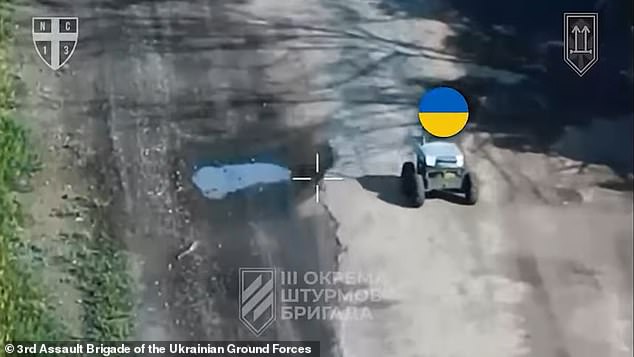
In a historic first, Russian soldiers were taken prisoner without a single Ukrainian infantryman present – marking the world’s first successful combat capture using only unmanned aerial and ground drones
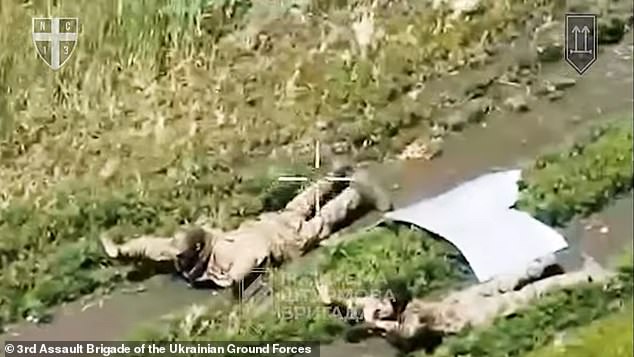
This is the astonishing moment Vladimir Putin ‘s soldiers surrendered to a Ukrainian patrol made up entirely of robots
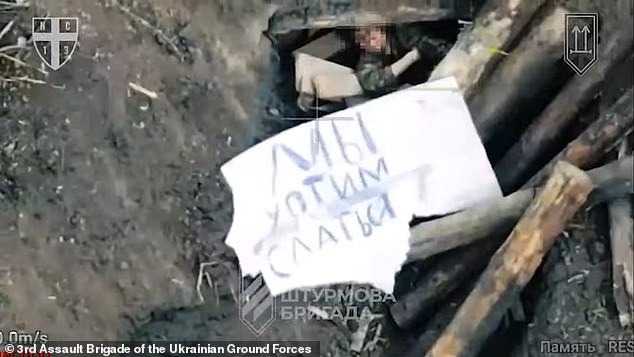
Footage shows both FPV and kamikaze ground drones striking a Russian dugout, before troops emerge holding a handwritten sign reading ‘We want to surrender’
An overhead drone then guided the Russians directly to Ukrainian lines, where they were taken prisoner without resistance.
Ukrainian infantry later moved in to secure the captured position – without suffering a single casualty.
Kiev had previously attempted to gain control of the area through traditional means, but without success.
The logic behind the combined use of aerial and ground drones is simple but effective – with each having unique capabilities.
While aerial drones excel in reconnaissance, target identification, and precision strikes, ground-based UGVs can carry a far larger amount of explosives.
It comes after in March Ukraine’s first all-robot offensive destroyed a Russian frontline unit without a single soldier being on the ground.
The attack on a Russian position north of the embattled Ukrainian city of Kharkiv, eastern Ukraine, saw the nation’s 13th National Guard Brigade Khartiya launch around 50 unmanned aerial vehicles.
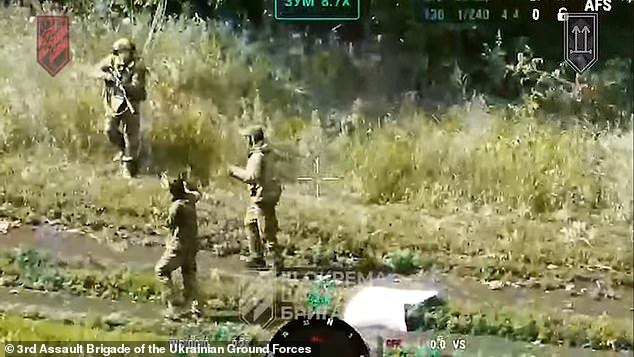
An overhead drone then guided the Russians directly to Ukrainian lines, where they were taken prisoner without resistance
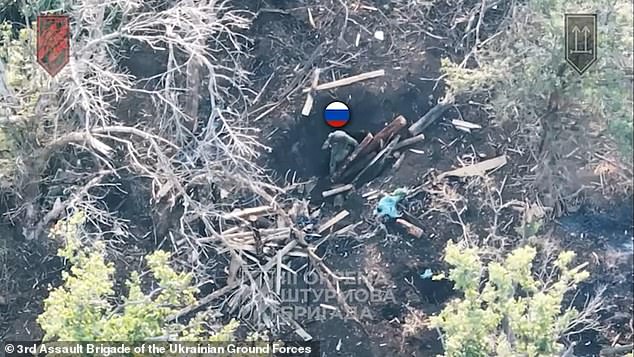
During the assault, which lasted just 15 minutes, FPV drones first struck Russian dugouts, causing chaos among the troops
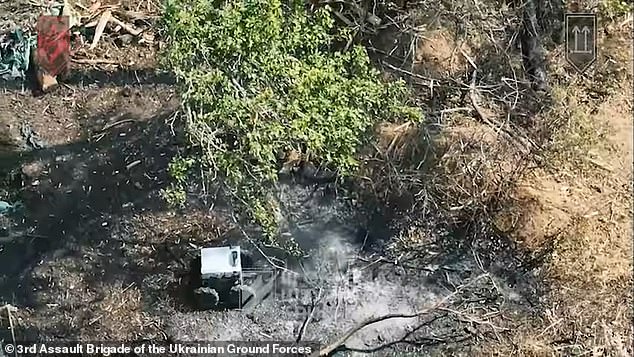
Moments later, unmanned ground vehicles loaded with powerful explosives moved toward the already battered fortification
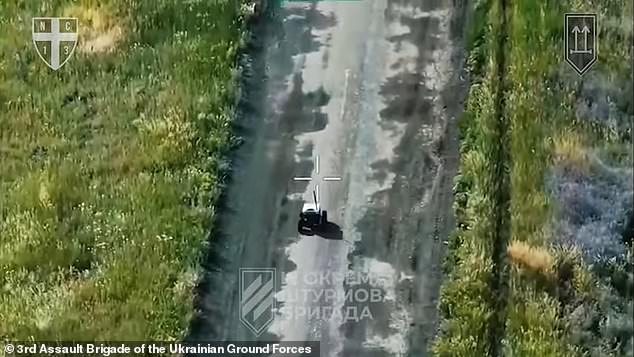
As the first drone – reportedly carrying an anti-tank mine – detonated, the Russian soldiers realised the imminent danger and quickly created a cardboard sign to signal their surrender before a second drone could strike
The five-hour attack, believed to be the first of its kind, left several Russian corpses in its wake, and has now lead to other Ukrainian units planning similar missions.
Lt. Andriy Kopach, who specialises in land drones, told the Wall Street Journal that as the early morning assault began, Ukrainian troops knelt in deep snow to release five unmanned ground vehicles at different spots several miles from the front-line to prevent crossing signals and confusing the robots.
These five ground vehicles were mounted with massive machine guns and ammunition belts.
Video footage showed the ground vehicles traipsing across snow-covered land near Kharkiv. They were assisted by a swarm of first-person-view (FPV) drones, including one mounted with an assault rifle and many that dropped explosives, as they approached enemy lines.
All of this was coordinated from a command post near the frontline.
Video footage showed several Ukrainian soldiers sitting in a command post in front of dozens of screens, on which real-time battle information was relayed to them from the swarm of land and air drones at their disposal.
One clip appeared to show a mobile land drone driving towards a Russian bunker during the battle and detonating itself.

